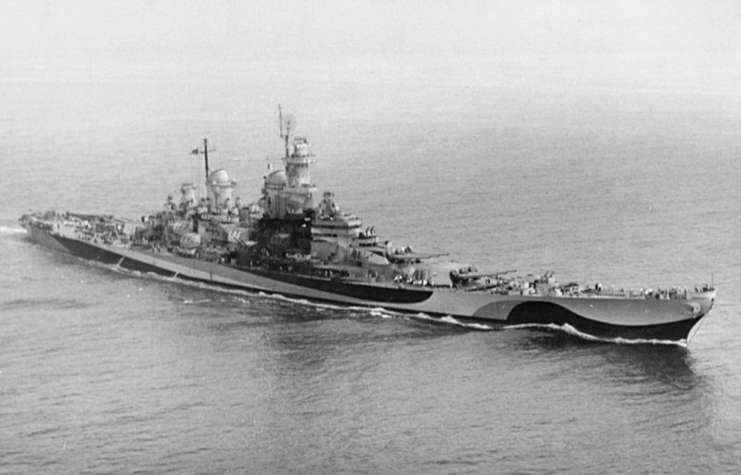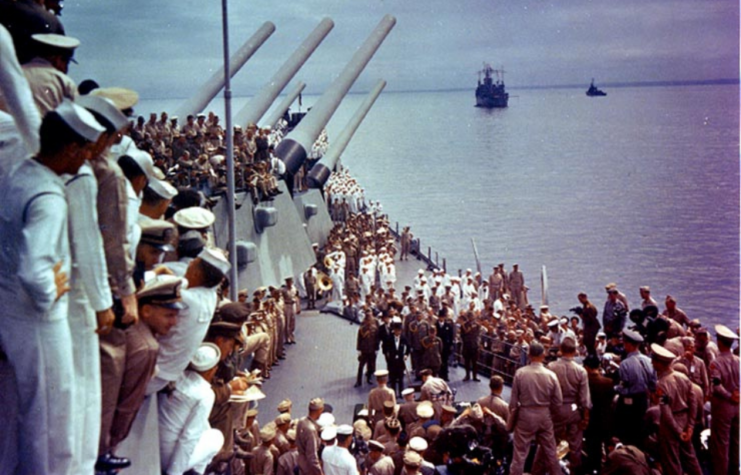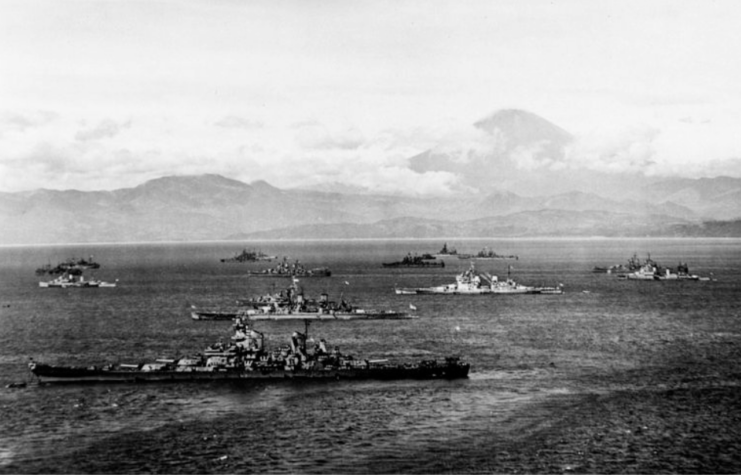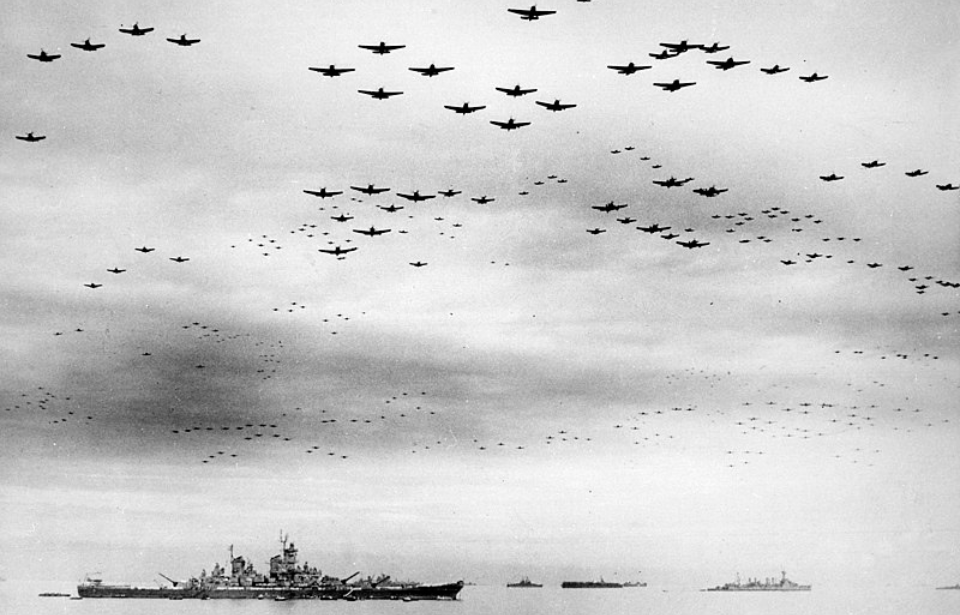On September 2, 1945, the Empire of Japan surrendered to the Allies. Ending hostilities, the Japanese agreed to an unconditional surrender by signing the Instrument of Surrender aboard the USS Missouri (BB-63). Why was the famed American battleship the site of such a historical event? There are two answers, and both have their reasons.
USS Missouri (BB-63)

The USS Missouri was an Iowa-class battleship and the last American one to be commissioned into the US Navy. She was laid down in January 1941 and commissioned several years later, in June 1944. Missouri joined the fight in the Pacific on January 13, 1945 and was assigned to Task Force (TF) 58.
As part of TF 58, Missouri took part in actions off of Iwo Jima and Okinawa. On May 5, 1945, she left the task force and became the flagship of Adm. William F. Halsey‘s Third Fleet.
On August 21, after receiving news of Japan’s surrender, Missouri sent 200 officers and men to her sister ship, the USS Iowa (BB-61), in preparation for the country’s occupation. Eight days later, Capt. Stuart S. Murray received word that the battleship would host the surrender ceremony, initially scheduled for August 31.
In preparation for the historic event, Missouri was painted and cleaned. On August 27, as the battleship sailed toward Tokyo Bay, the flag that Commodore Matthew Perry had flown upon his expedition to Japan in 1853 was brought aboard and displayed near where the ceremony would take place.
Signing the Japanese Instrument of Surrender

Despite originally being planned for August 31, 1945, poor weather pushed the signing date to September 2. In the early hours of that day, Allied representatives, including Fleet Adm. Chester Nimitz, who signed for the United States, and General of the Army Douglas MacArthur, who signed as the Supreme Commander for the Allied Powers.
Others who were present aboard the USS Missouri included representatives for the United Kingdom, the Republic of China, the Soviet Union, the Commonwealth of Australia, the Kingdom of the Netherlands, the Dominion of New Zealand, the Dominion of Canada and the Provisional Government of the French Republic
At 8:56 AM, the Japanese representatives, led by Foreign Affairs Minister Mamoru Shigemitsu, arrived, and after all parties had signed the two documents – one Japanese and one Allied copy – the 23-minute ceremony came to a close. Following this, the Japanese delegation departed.
Why was the USS Missouri (BB-63) chosen?

The question still remains: why was the Japanese surrender signed aboard the USS Missouri?
Missouri had seen relatively little action throughout World War II, compared to other battleships stationed in Tokyo Bay on the day the Instrument of Surrender was signed. For instance, the HMS Duke of York (17) played a role in the sinking of the German battleship Scharnhorst, and the HMS King George V (41) helped sink Bismarck. Of course, the USS Iowa was also present, but was not selected, nor were the carriers of the Allied fleet, which remained at sea.
Speculation has surrounded US President Harry S. Truman‘s involvement. He was born in Lamar, Missouri, and the battleship wasn’t only named for his home state, but for his daughter, Margaret Truman, who’d sponsored the vessel’s construction.
More from us: USS California (BB-44): The Battleship That Survived Pearl Harbor and a Kamikaze Strike
The most likely reason, however, is that Missouri was the flagship of the Third Fleet. Other ships were deserving of the honor, and Truman certainly took a liking to the vessel. That being said, the decision seems to have been made by the book.
